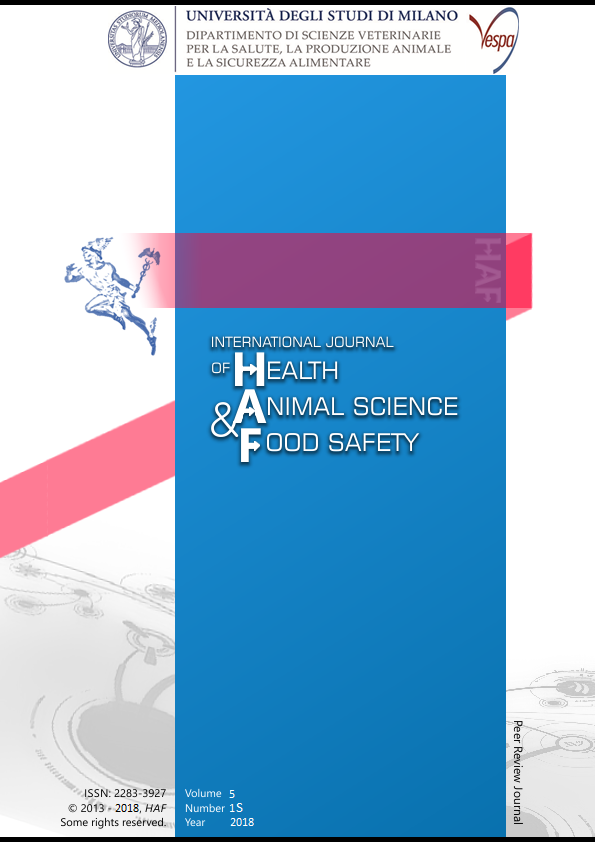Abstract
Staphylococcus pseudintermedius (SP) has been associated with high antibiotic-resistance rates (e.g. methicillin) in European countries [1,3]. This condition could be also related to the ability to produce biofilm [2]. The aim of this study was to investigate the presence of methicillin-resistant SP strains and determine their ability to produce biofilm and some crucial virulence factors.
Forty-two SP strains, previously determined as multi drug resistant (MDR) by the disk diffusion method using a panel of 17 antimicrobial agents, were selected from our collection and tested phenotypically for the minimum inhibitory concentration (MIC) of methicillin and genotypically for the presence of mecA and blaZ genes. The ability to produce biofilm was assessed phenotypically by two different assays: the Congo Red Agar plates (CRA) and the Microtitre Plate test (MtP) and genetically by the amplification of icaA and icaD genes. Three virulence factors genes coding for bicomponent leukocidin and enterotoxins (luk-I, seC, se-int) were searched.
Twenty-three strains revealed a value of MIC for the methicillin greater than 128 µg/mL. The 83% were mecA-positive and 86% resulted blaZ-positive; all the strains positive for mecA were also positive for blaZ. All SP strains resulted biofilm-producers by MtP assay and classified as weakly producers (4.7%), moderate producers (47.6 %) and strongly producers (47.6 %). In contrast, only 35.7% of all strains were considered biofilm-producers by CRA method. The amplification of icaA and icaD gene occurred respectively in 66.6% and 97.6%; only one strain was negative for both genes. Almost all strains were positive for luk-I (95%), seC (74%) and se-int (84%).
Our data reveal the pathogenicity potential of SP strains from dogs, suggesting that they could be considered zoonotic potential agents and confirming other previous studies [3-5]. Moreover could be observed a clear linkage between antibiotic-resistance and ability to produce biofilm.
Riferimenti bibliografici
Bardiau, M., Yamazaki, K., Ote, I., Misawa, N., Mainil, J.G., 2013.Characterization of methicillin-resistant Staphylococcus pseudintermedius isolated from dogs and cats. Microbiology and Immunology. 57, 496-501.
Flemming, H.C., Wingender, J., 2010. The biofilm matrix. Nature Reviews Microbiology. 8, 623-633.
Osland, A.M., Vestby, L.K., Fanuelsen, H.,Schau Slettemeas, J., Sunde M., 2010. Clonal diversity and biofilm-forming ability of methicillin-resistant Staphylococcus pseudintermedius. Journal of Antimicrobial Chemoterapy. 67, 841-848.
Singh, A., Waljer, M., Rousseau, J., Scott Weese J., 2013. Characterization of the biofilm forming ability of Staphylococcus pseudintermedius from dogs. BMC Veterinary Research. 9, 93-98.
Stefanetti, V., Bietta, A., Pascucci, L., Marenzoni, M.L., Coletti, M., Franciosini, M.P., Passamonti, F., Casagrande Proietti, P., 2017. Investigation of the antibiotic resistance and biofilm formation of Staphylococcus pseudintermedius strains isolated from canine pyoderma. Veterinaria Italiana. 53, 289-296.
This work is licensed under a CC BY-SA 4.0 international

